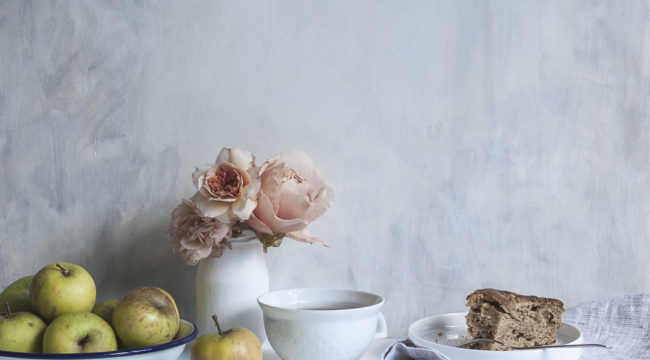
The why behind your photographs
Today I’d like to talk about visual storytelling, and the importance of knowing what you are trying to communicate with your images – basically, knowing what your story is.
They say that a picture is worth a thousand words, and it’s true – you can tell a whole story with a photograph. Every element you introduce into a photograph evokes an emotion and contributes to the overall story you want to tell. Colours, shapes, forms, light, textures, objects, placement…they’re all important, and they all send a message to the viewer.
When I work with brands, the first thing we talk about is keywords – those words that represent the core message of the brand, the values and story they want to communicate with pictures.
Afterwards, I create a moodboard to have a visual reference of the style, feel and mood we want to achieve. It’s only after these two steps that I start thinking of the images I want to create, then source the right props, and finally take photos.
In my opinion, this process is essential to create images that all consistently send the same message, and tell the same story. Having clarity on what you want to achieve gives purpose to your photography, and lets you avoid the mistake of sending conflicting messages that just confuse the viewer.
As an example, have a look at these images. They all tell a story of some kind of tea/coffee break, but the different choices of backdrop, props, light, texture, colours, and composition evoke different moods, and reflect different keywords.
The two images below feature the same white board backdrop as a table, but the red and white mug, that’s perfect for the first image, would look totally out of place in the second one.
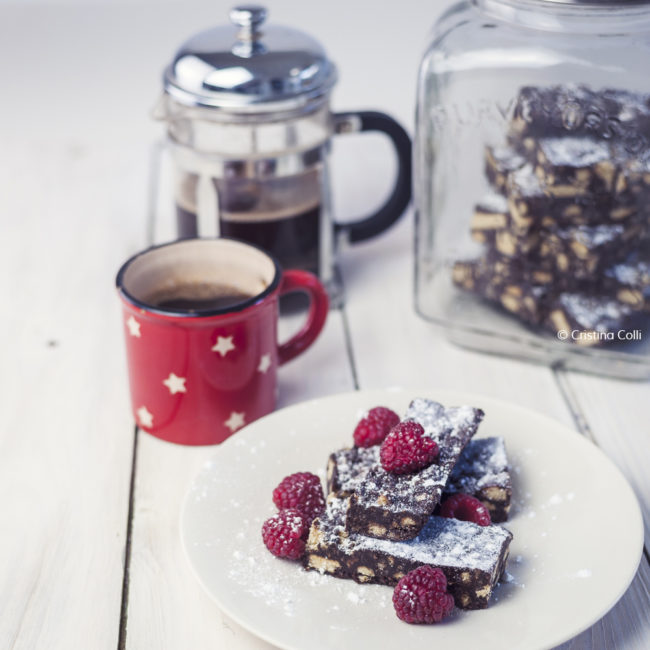
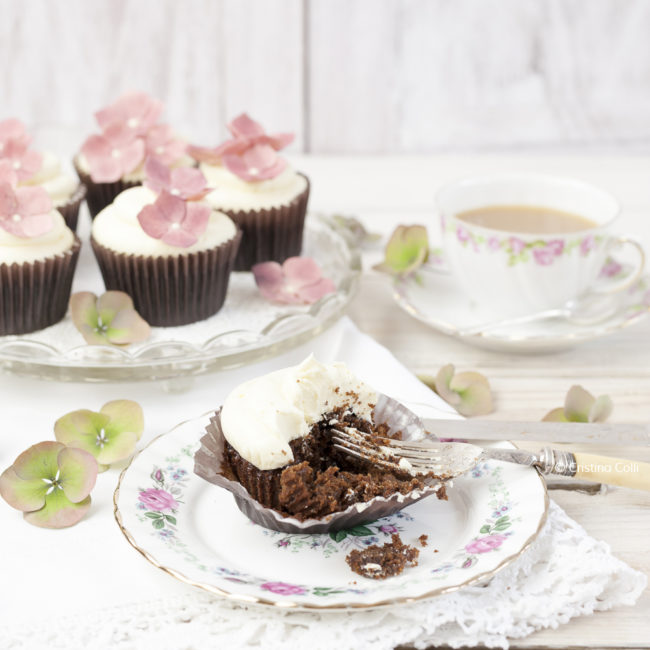
In the same way, the rustic wooden backdrop and vintage crockery that work so well with the autumnal flat lay below would contrast too much with the muted colours and simple, quiet feel of the second photograph.
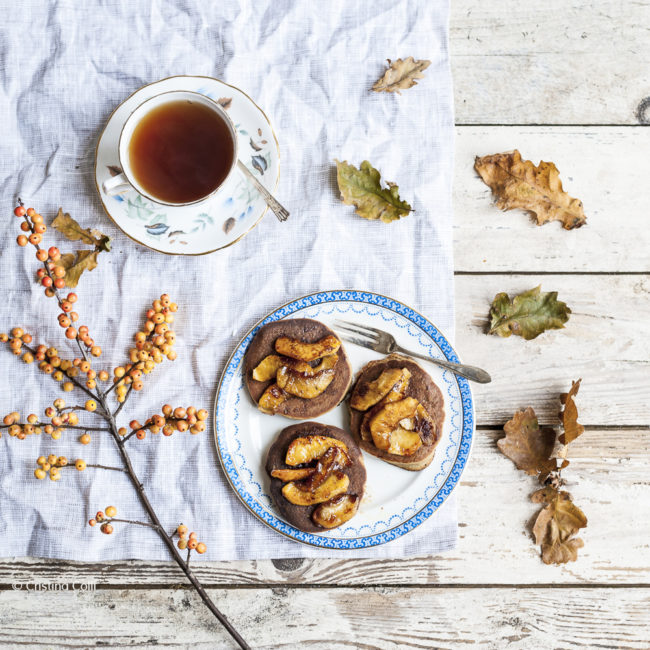
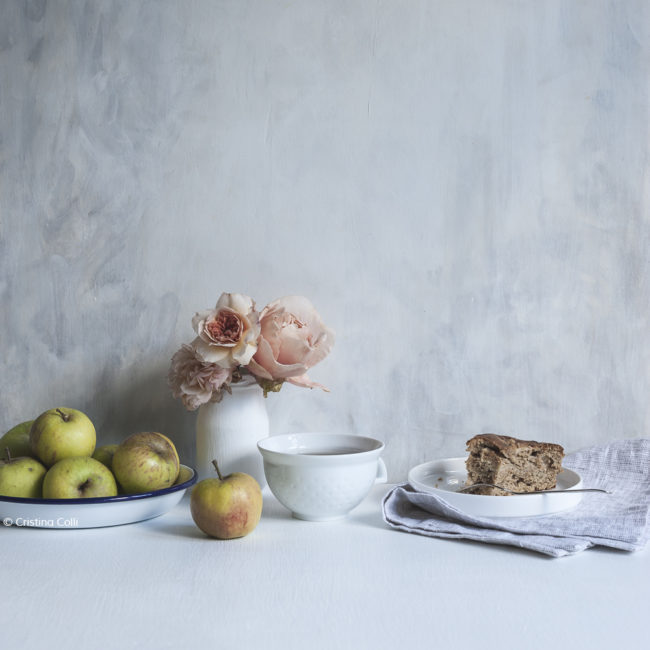
Even the same subject can evoke a different mood – and so tell a different story – depending on the light and editing, as you can see in these photographs:
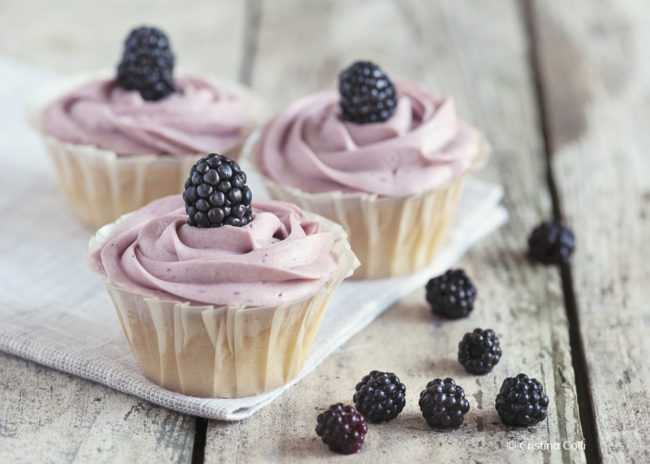
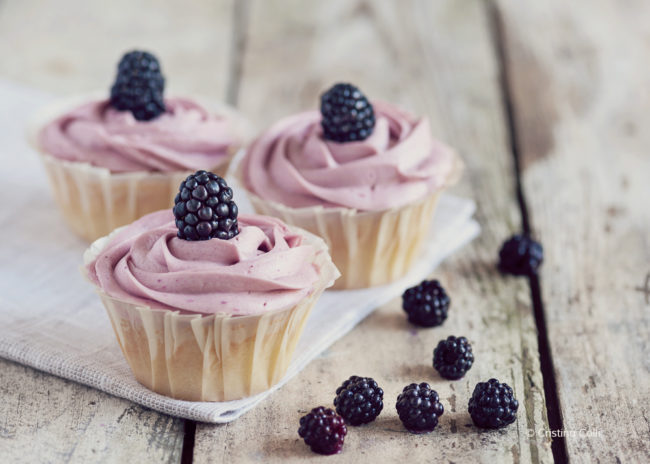
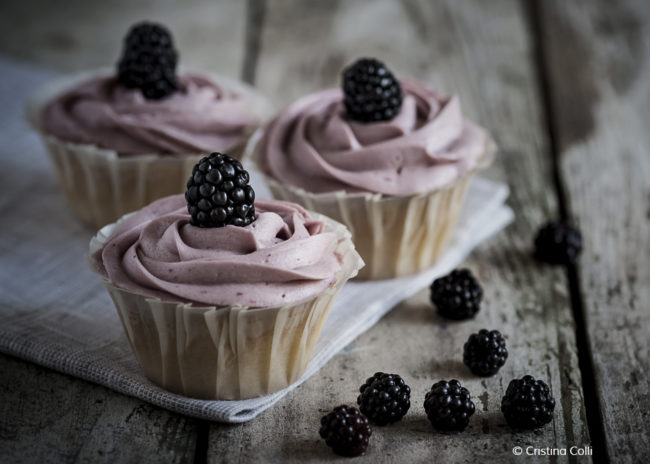
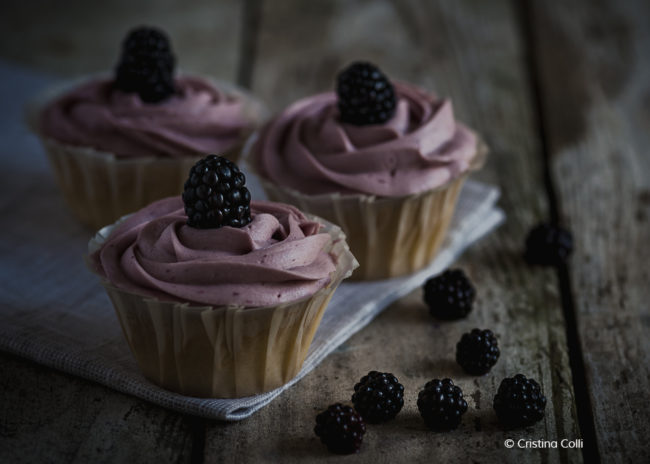
From bright and airy, to dark and moody, with various levels of colour saturation and contrast: same cupcakes, different stories :)
To create beautiful images you need a combination of technical skills and vision – the “why” behind your photographs.

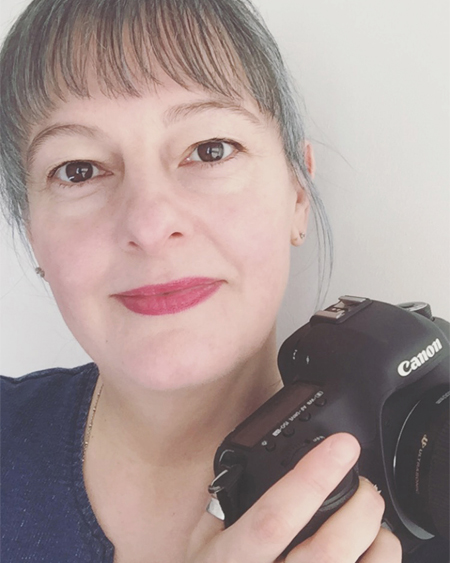

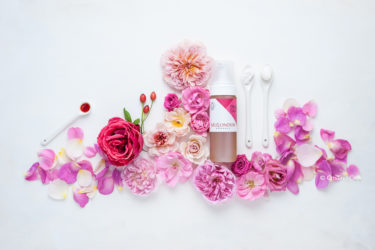





Share On